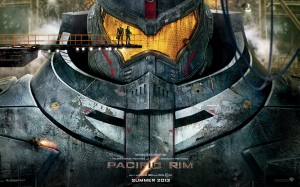So awhile back, I wrote on the Hacker Lab blog about how helpful, if not essential, social activity can be to hacking. That is hacking defined as defined as doing something quickly or testing the boundaries of what can be done. As opposed to all the computer-y stuff that flashes through peoples’ heads when I tell them I spend a good deal of time at a place called Hacker Lab.
To help illustrate this point, I mentioned a home brew, jury-rigged, arcade machine I’m working on with a friend. Well now, after one sleep deprived night, we are in business(relatively). Still working some of the kinks out, but I said I was going to have something up by Saturday, and by darn it, something was up on Saturday
On that note, big ups to Gabriel, Gabbi, George, Josh, Jenna, Eric, Barrett, Alex, and to anyone else I may have missed who helped me with that thing. I dont care if you only turned one screw, I appreciate all of you, cause that one screw was one thing I didn’t have to do. And I had to do a lot of things.
The question now becomes where do I go from here. I’m not entirely sure. I suppose I should build another one. I have a couple of things in the works regarding the arcade stuff, but I’ll wait till that gets further along to discuss.
The build is pretty straightforward. It’s really just a bunch of wood held together by angle brackets and wood screws. There is a very established community for arcade cabinet building, and some of those designs look pretty awesome. I suppose I’m going for the “unplugged” look. An old flat screen TV serves as the monitor, and a slightly modified version of the keyboard hack I posted about earlier serves as the interface to the joystick buttons. The joystick buttons and other parts I either ordered online or cobbled together from old joysticks I managed to scrounge up.
Of course, I had to put NBA JAM on it. The machine itself, Josh put Ubuntu on an older PC(I don’t know the exact specs) and did some fantastic work simplifying the setup. So what’s next? The Mark III of course! I’d like to clean up the machine a bit, close it off with a bit more wood, and maybe even paint the thing. Or maybe we’ll just tear it down and build another. Either way, a pretty nice work in progress and proof of concept. Also, there’s a cool partnership related to this that I’m working on, and I should have things to post about that soon as well.
